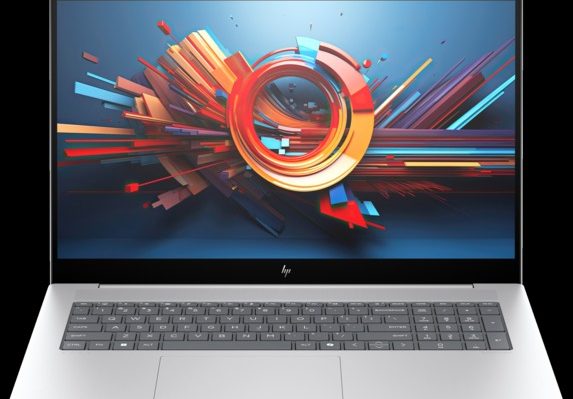On October 13, 2024, SpaceX successfully launched its Starship vehicle from South Texas. This mission stands out for achieving the impressive feat of capturing its Super Heavy booster at the launch site, marking a significant milestone in aerospace innovation. The successful launch and recovery exemplify SpaceX’s dedication to advancing reusable rocket technology, which is essential for lowering costs and increasing the frequency of space travel.
The Catch: Utilizing ‘Chopsticks’
The booster landed close to the Mechazilla launch tower and was captured effectively with the groundbreaking ‘Chopsticks’ system. This innovative mechanism is engineered to securely grasp the booster post-landing, showcasing a new level of efficiency in rocket recovery. The capability to retrieve the booster in pristine condition allows SpaceX to refurbish and reuse the equipment for future missions, in line with their sustainability objectives.
Elon Musk, the founder of SpaceX, celebrated this accomplishment as a monumental leap for humanity. He asserts that successful booster recovery will transform space travel, making it more sustainable and economically viable. Musk has consistently highlighted the significance of reusability in space exploration, viewing it as a fundamental component for establishing human presence on other planets.
Future Implications for Space Exploration
While the upper stage of the Starship was not recovered during this launch, the successful capture of the booster demonstrates the potential for upcoming missions. SpaceX officials regard this as a pivotal achievement that could open the door to more ambitious endeavors in space exploration. As SpaceX continues to enhance its technologies, the successful implementation of the ‘Chopsticks’ system may significantly reshape the dynamics of rocket recovery and reuse, potentially leading to more frequent and cost-effective space missions.




